AGFC suggests ways timber firms, lease holders can take action to boost wildlife
BY Jim Harris
ON 07-13-2022
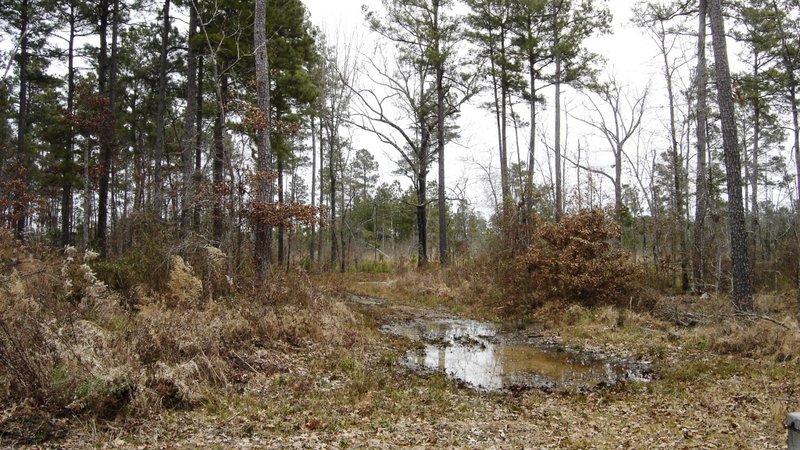
July 13, 2022
Jim Harris
Managing Editor Arkansas Wildlife Magazine
LITTLE ROCK – Timber companies play an important role in Arkansas’s economy, and the partnerships established between the Arkansas Game and Fish Commission and these firms positively affect fish and wildlife species on the lands that they own and manage.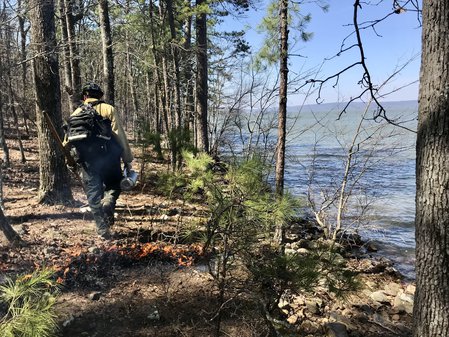
It is important to remember that managing properties for timber production or for fish and wildlife does not have to be a mutually exclusive endeavor. Many significant actions can be taken to promote good timber management while at the same time improve fish and/or wildlife populations, reduce infrastructure maintenance and increase leaseholder involvement.
The AGFC suggests the following actions aimed at achieving all three of these important goals:
Promote data collection techniques and active management: Increased recreational opportunities – more specifically hunting – is a major reason people lease timber property. Better managed wildlife populations on these lands often equate to a more satisfied leaseholder. Participation in turkey brood surveys, quail call counts, hunter observation efforts and the AGFC’s Deer Management Assistance Program all provide opportunities to document, track and measure the effectiveness of certain management efforts, and allow a leaseholder to document success and gain knowledge of basic wildlife biology and management. When possible, timber companies should advocate these data collection efforts and programs on their lands and should consider providing incentives for those leaseholders that choose to do so.
Clearing loading decks: Adequately clearing after use promotes early successional habitat such as native grasses and forbs, which are critically important to many wildlife species and pollinators. It also allows leaseholders the opportunity to more easily plant annual or perennial food plots beneficial for wildlife. The process of planting food plots not only helps to amend soil nutrients and improve soil fertility, but it also helps to ensure that these openings are maintained for future timber loading efforts.
‘Day-lighting’ internal access roads: Reducing the encroachment of timber along gravel or dirt roads allows for more sunlight and wind to reach this important infrastructure, thus allowing them to dry quicker and reduce potential damage from vehicle and heavy machinery use. “Day-lighting” roads also allows for better drainage ditch maintenance. And, because of the sunlight that reaches these unshaded areas, it promotes early successional habitat, and in certain locations affords the leaseholder an easy opportunity to plant food plots beneficial for wildlife.
Removal of feral hogs: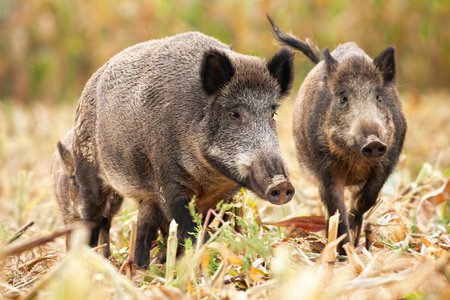
It is well documented that feral hogs create millions of dollars worth of damage and loss to agricultural production each year, including to the commercial timber industry. In addition to their destructive nature, feral hogs also displace native wildlife species and compete with native wildlife for food and water resources. It is highly recommended that feral hogs be removed via trapping efforts from all timber company land. Traps that use remote-sensing cameras allow the trapper to remove entire family groups of hogs, known as sounders. Other methods used to remove hogs, such as hunting and dog running, do not effectively remove the number of hogs needed to reduce or even stabilize hog populations. For more information on how to remove hogs or locate someone to assist in their removal, the AGFC encourages visiting www.agfc.com/en/wildlife-management/nuisance-wildlife/.
Develop a relationship with the local AGFC wildlife officer: This can go a long way to deter or curb poaching, trespassing and littering problems. Remember that leaseholders have a vested interest in the protection and productivity of the lands in which they have a financial interest. Officers who are familiar with particular lease holders and the lands they manage have a much better chance at being successful at enforcing fish and wildlife regulations. To report a violation, call the AGFC’s Stop Poaching Hotline at 800-482-9262.
Using prescribed fire where applicable: When applied properly under the right conditions, prescribed fire is often the most effective and cost-efficient management tool available. Site prep, fuel reduction and habitat management are all practical ways in which controlled burns can be used. And as a result, regardless of what the fire is being used for, many plant, animal and pollinator species often benefit. When possible, prescribed fire should be chosen as the primary option over chemical treatments or applications.
Increase wildlife disease awareness: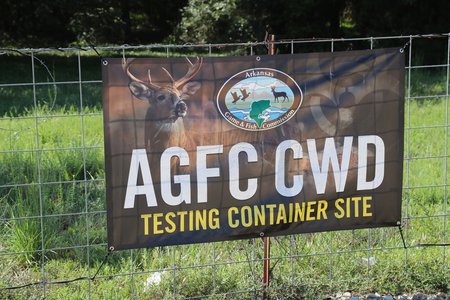
With the discovery of chronic wasting disease in deer and elk in Arkansas in 2016, it is now more important to be aware of its early detection in new areas and to ensure that any practices landowners and leaseholders are using do not worsen or cause a quicker spread of the disease. It is highly recommended that routine CWD testing become a common practice. The AGFC offers a vast network of locations where harvested deer can be submitted for CWD testing free of charge (see www.agfc.com/cwd). In addition, practices such as baiting and feeding and the use of mineral licks should be avoided. Instead, promoting native vegetation and installing adequate acreages of food plots provide for more natural feeding situations, further lessening the occurrence of unnaturally congregated deer. Report sick and deer found dead of unknown causes to 800-482-9262.
Maintain stream-side management zones: Leaving and maintaining commercially undisturbed areas adjacent to bodies of water such as streams, rivers, ponds and lakes plays an important role in reducing soil erosion and sedimentation, fostering lower water temperatures and good water quality for aquatic species and promoting plant species diversity on the property. A minimum width of 100 feet is preferred. These riparian areas provide more stable food sources, fawning and nesting sites, escape cover and travel corridors when other portions of the property may not due to timber harvesting. These stream-side management zones may periodically require some level of disturbance – that is, select timber harvest, timber stand improvement, prescribed fire, etc. – in order to ensure that closed canopy conditions are avoided.
For more information on how to manage wildlife habitat on timber properties or to learn how to participate in any of the AGFC’s wildlife data collection programs, call 501-223-6359 or visit www.agfc.com/habitat.
Recent News

Arkansas Wildlife Weekly Fishing Report
Jul. 10, 2025
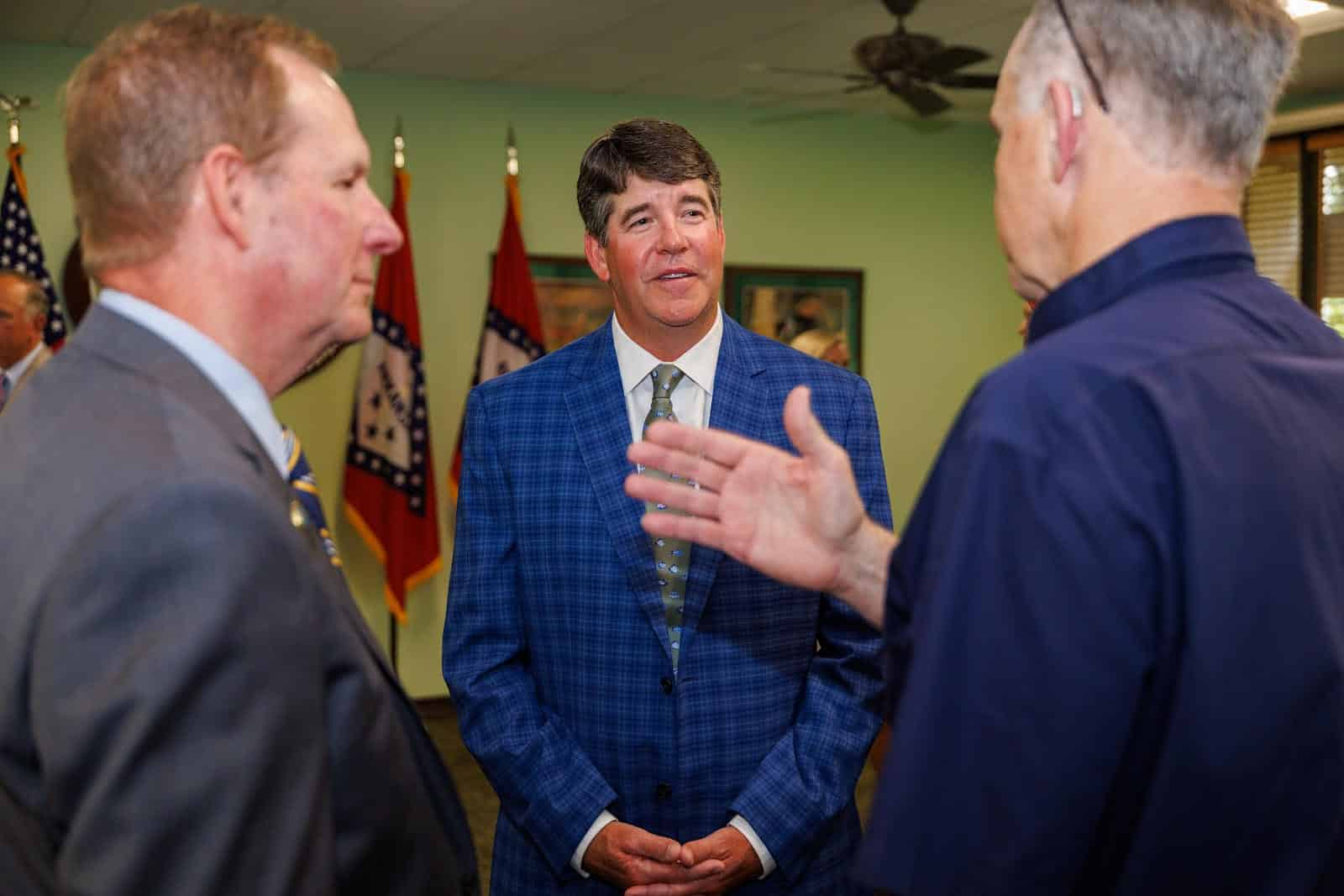
Lonoke aquaculturist named to AGFC
Jul. 10, 2025
Subscribe to Our Weekly Newsletter E-mails
Don’t miss another issue. Sign up now to receive the AGFC Wildlife Weekly Newsletter in your mailbox every Wednesday afternoon (Waterfowl Reports are published weekly during waterfowl season and periodically outside the season). Fishing Reports arrive on Thursdays. Fill in the following fields and hit submit. Thanks, and welcome!
